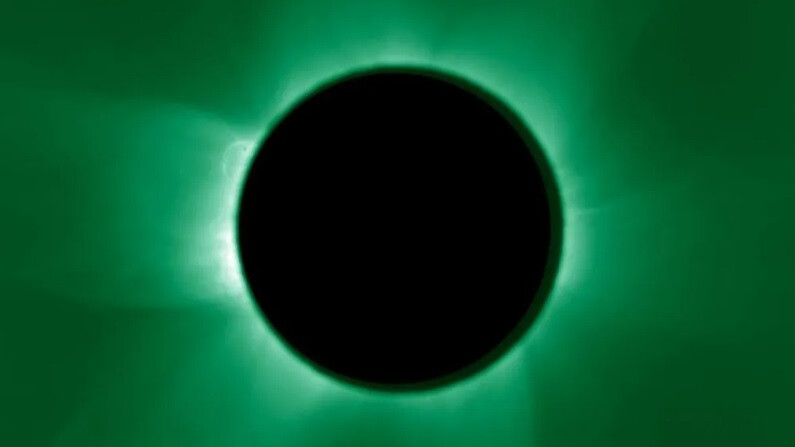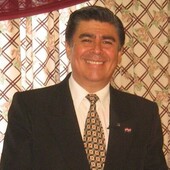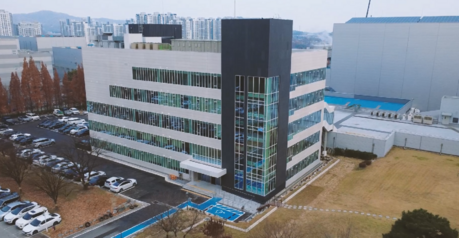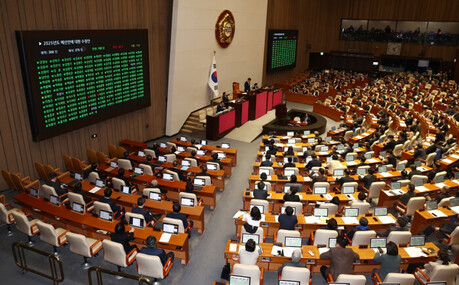
The European Space Agency (ESA)'s Proba-3 mission has successfully created an artificial solar eclipse, capturing clear images of the Sun's outer atmosphere, the corona. This not only demonstrates the potential of formation flying technology but is also expected to provide crucial data for understanding the Sun and its mysterious atmosphere.
The Proba-3 mission, led by ESA and Spain's Sener, is one of the third series of probes from Europe designed to test advanced space technologies. The primary objective of this mission was for two satellites to fly in formation simultaneously to observe the Sun's inner corona.
Last March, Proba-3 achieved this goal. The two satellites, named 'Coronagraph' and 'Occulter,' maintained a perfect formation at a distance of 150 meters, demonstrating an astonishing feat of maintaining millimeter-level relative positional accuracy for several hours without ground control.
Artificial Eclipse: The Apex of Precise Control
To prove its remarkable precision, Proba-3 created an artificial total solar eclipse in orbit. A 1.4-meter diameter disc on the Occulter satellite blocked the Sun's bright disk, casting an 8-cm diameter shadow onto ASPIICS, the optical instrument on the Coronagraph satellite. Within this shadow, ASPIICS successfully captured images of the solar corona.
Unlike natural total solar eclipses, which occur once, or at most twice, a year and last only a few minutes, Proba-3 can generate an artificial eclipse once per 19.6-hour orbital period and maintain it for up to six hours. This provides groundbreaking opportunities for scientific research by allowing much longer and continuous observation of the solar corona.
Key to Solar Research: Solar Wind and Coronal Mass Ejections
Observing the solar corona is crucial for shedding light on the solar wind, a continuous flow of material from the Sun into space. The solar wind interacts with Earth's magnetic field, creating beautiful phenomena like auroras, but it can also affect the space environment, causing disruptions to satellite communications, GPS systems, and power grids.
Furthermore, the Proba-3 mission is essential for understanding how Coronal Mass Ejections (CMEs), which occur almost daily during periods of high solar activity, work. CMEs are explosive events that eject enormous quantities of particles into space. If they reach Earth, they can cause severe space weather phenomena, posing serious threats to communication, power transmission, and navigation systems. The coronal images provided by Proba-3 will offer vital data for predicting these phenomena and mitigating their impacts.
The Enigmatic Corona: Unraveling the Secret of Its High Temperature
At over 1 million degrees Celsius, the Sun's corona is significantly hotter than its surface below. This counter-intuitive temperature difference has long been a subject of debate in the scientific community. Proba-3's ASPIICS, a much more advanced instrument than previous coronagraphs, is expected to help solve this mystery by studying the corona very close to the solar surface.
Andrei Zhukov, the Principal Investigator for ASPIICS at the Royal Observatory of Belgium, expressed his excitement, stating, "We were very excited to get the image on the first attempt. The artificial eclipse image can be compared to images taken during a natural eclipse, with the difference being that we can create an artificial eclipse once every 19.6-hour orbital period."
Dietmar Pilz, ESA's Head of Technology, Engineering and Quality, commented, "Many of the technologies that have enabled Proba-3's precise formation flying were developed through ESA's General Support Technology Programme, as was the mission itself. It is exciting to see these impressive images validating our technologies in the world's first precision formation flying mission."
Damien Galano, Proba-3 Mission Manager, emphasized, "While we are still in the commissioning phase, we have already achieved precision formation flying with unprecedented accuracy. This has allowed us to capture the mission's first images, which will undoubtedly be invaluable to the scientific community."
The success of the Proba-3 mission will be a significant milestone, broadening the possibilities for future space exploration. Precision formation flying technology is expected to play a key role in improving telescope resolution, exploring exoplanets, and undertaking more complex space missions.
[Copyright (c) Global Economic Times. All Rights Reserved.]






























